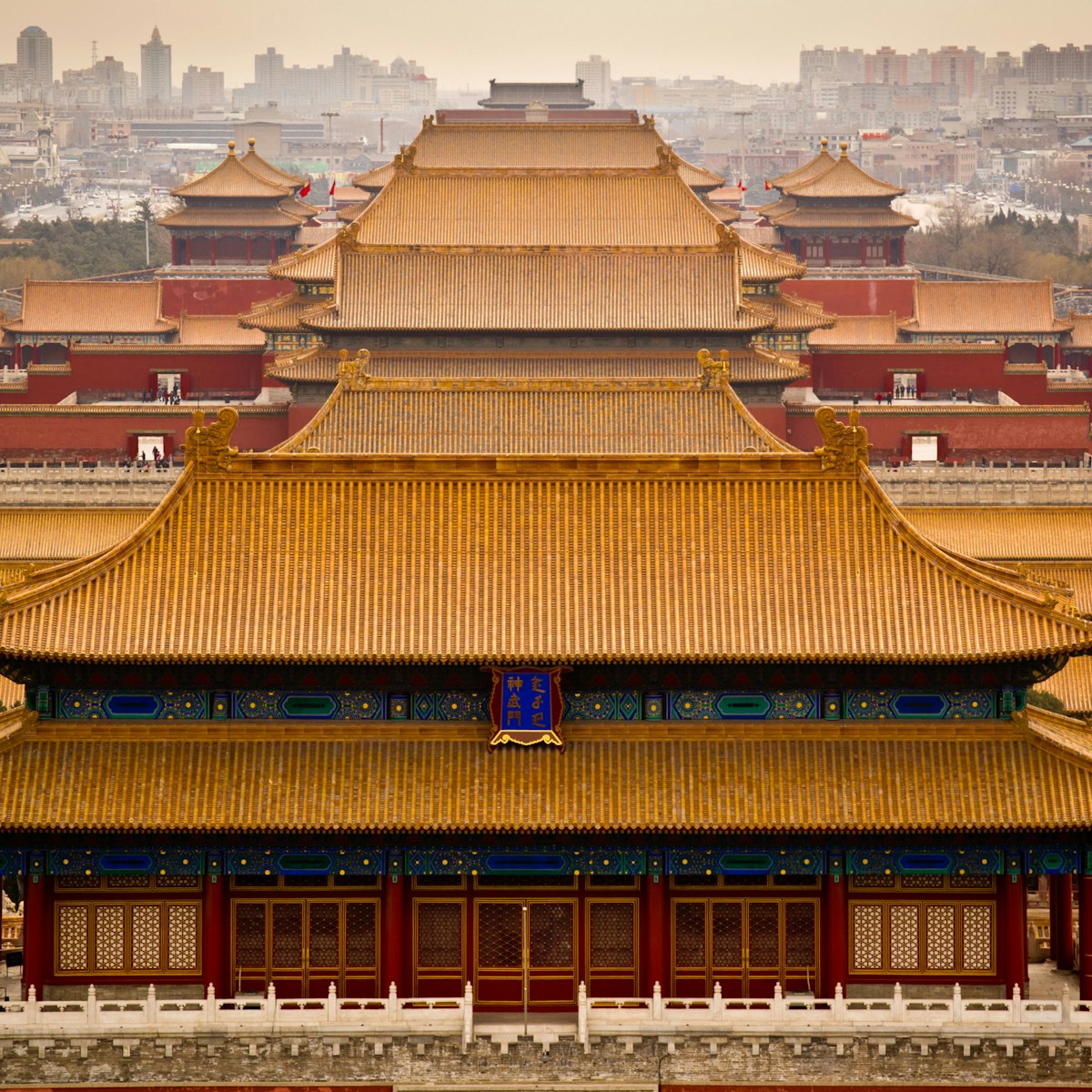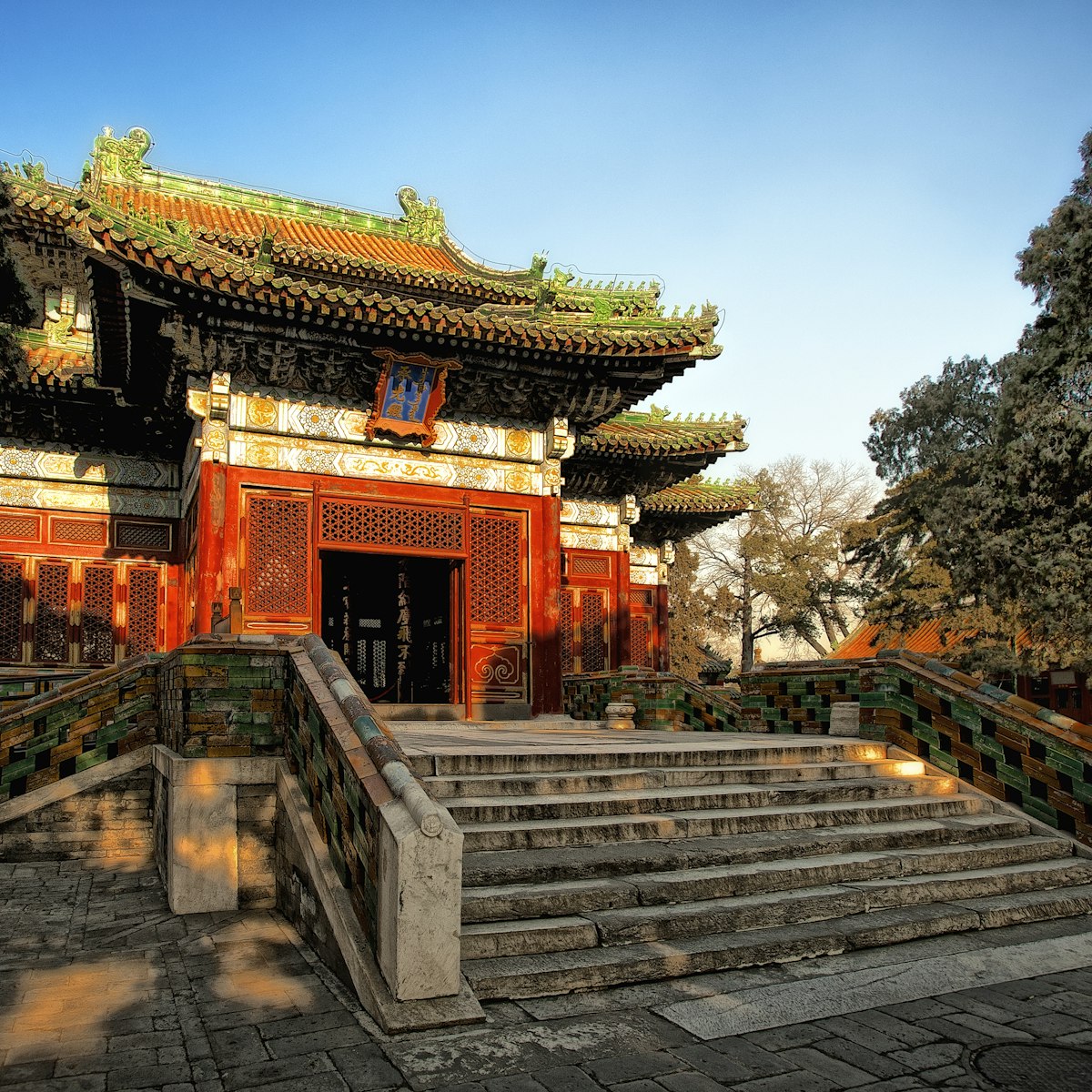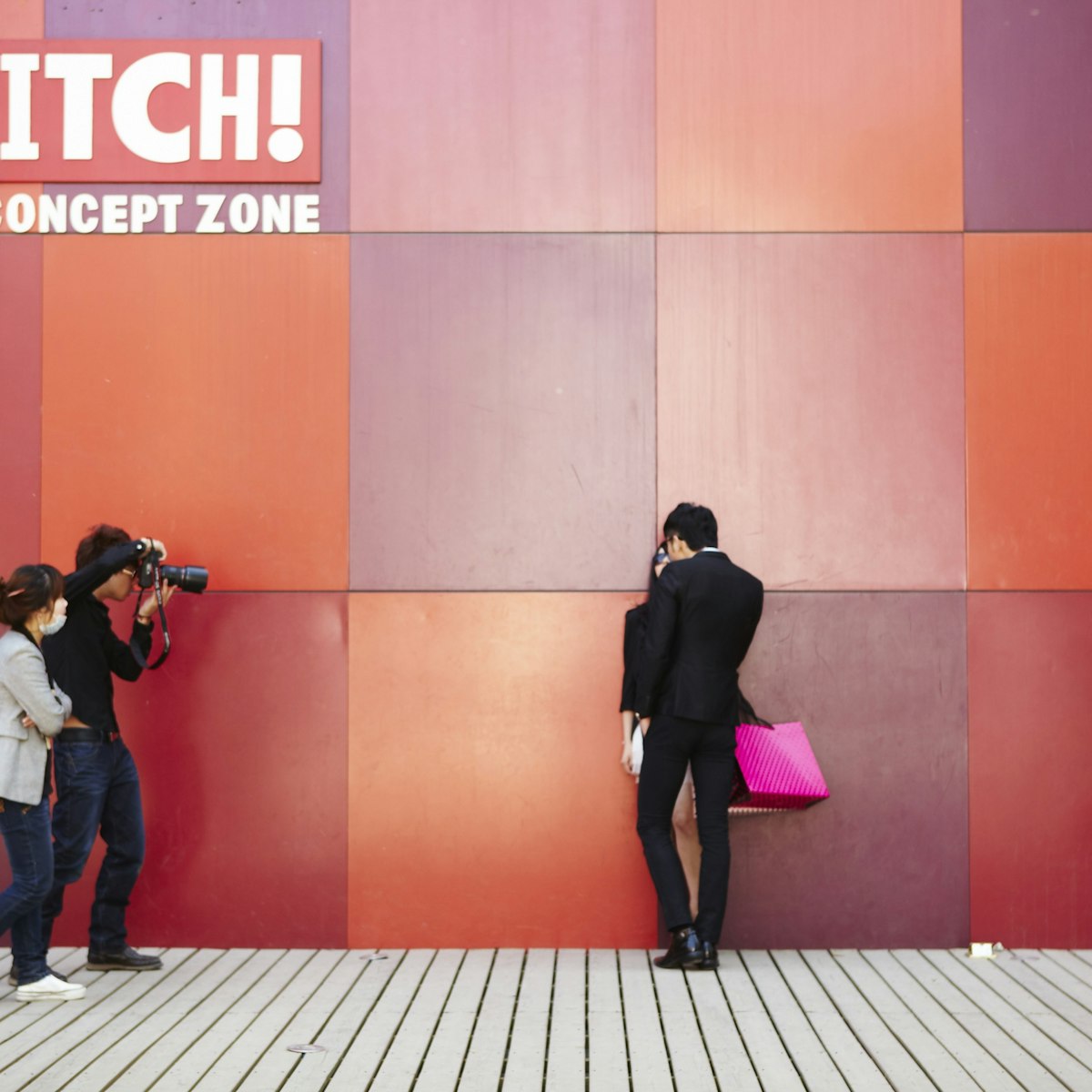The sprawling residence of Prince Gong (1833–1898), half-brother of the Xianfeng emperor, is most notable for its marvellous gardens, which feature artificial hills, ponds, rocks that mimic mountain ranges, whimsical pavilions and even a Great Wall folly. The architectural highlights of this fantastical royal playground are the Western-style Gate (西洋门; Xīyáng mén), a marble portal built in the Jesuit style, and the wisteria-adorned Grand Theatre House (大戏楼; Dàxì Lóu), where tour groups (lots of them) are treated to short Peking opera performances.
Built in 1777 for Heshen, a corrupt Qing dynasty official doted on by Emperor Qianlong, the mansion didn't pass to Prince Gong until 1851. During the Second Opium War in 1860, successive Anglo-French victories sent the emperor and his inner court fleeing Beijing, leaving Prince Gong to sign the Treaty of Peking on his emperor's behalf, which ceded Kowloon to the British and allowed foreign ambassadors to install themselves permanently in Beijing. Prince Gong would later become the Prince Regent under Empress Cixi, and run the Qing dynasty's foreign ministry.
Prince Gong's grandson mortgaged the property to the Catholic Church in 1921, and it became a university annex. In the 1950s, the residence housed leaders of the CPC security services, and later served as the Beijing Air Conditioning Factory. The main residence was largely rebuilt in the lead up to the 2008 Olympic Games.
Prince Gong's Mansion is reputed to be the model for Chinese writer Cao Xueqin's 18th-century masterpiece Dream of the Red Chamber, though it could also be the reverse that is true.








